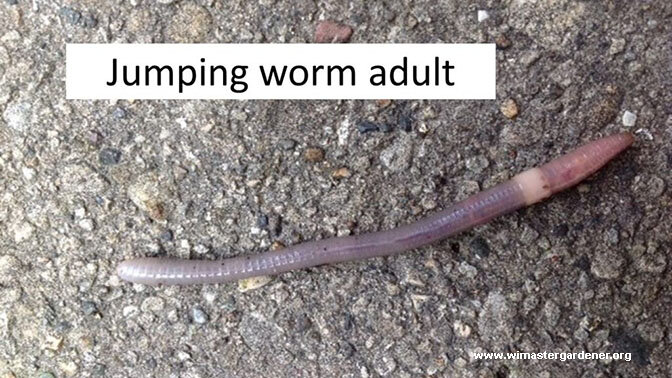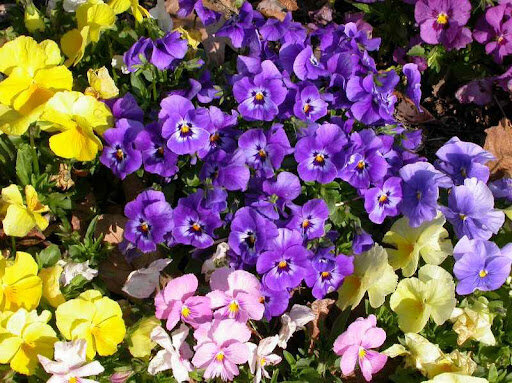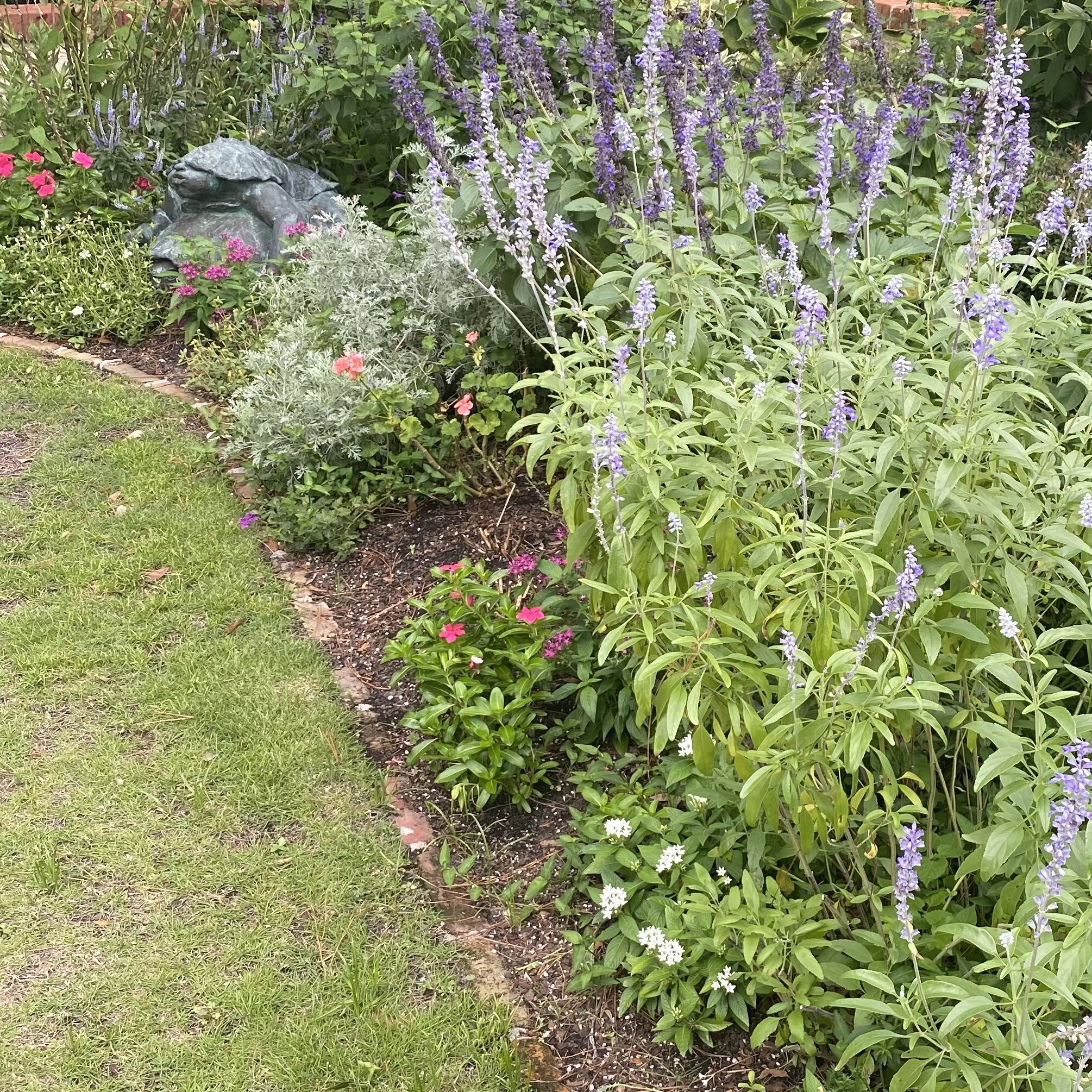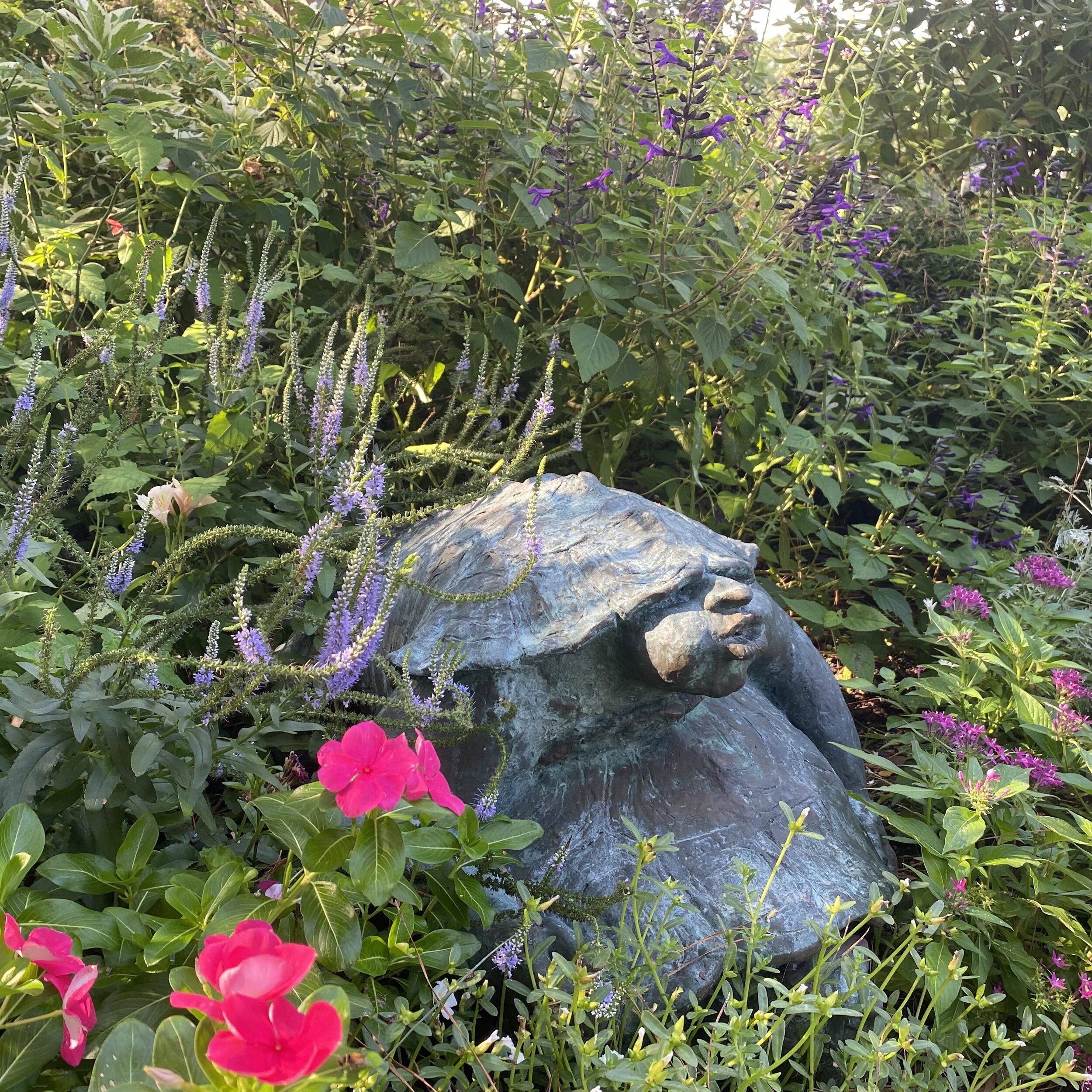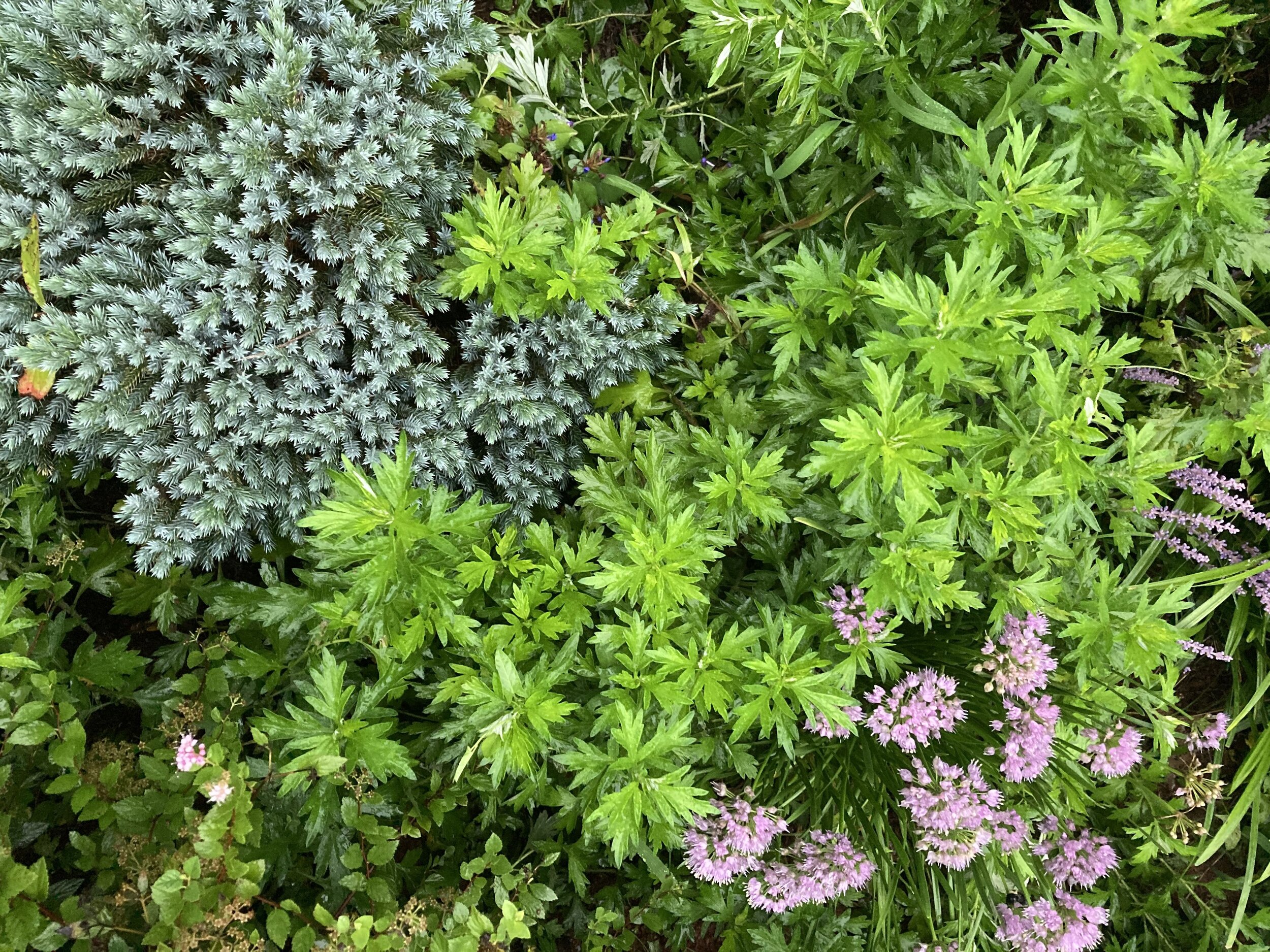The Plant of the Week was almost superseded by information about the not nearly as attractive Asian Jumping Worm, but both are worthy topics. I chatted with non-scientist Brad Johnson, an Instagram gardening friend (@garden.evolution) about what a regular gardener will come up against, and he has, dear me, with the AJM in his garden. But there’s another Brad who knows more than we do: Brad Herrick of the University of Wisconsin Madison Arboretum. Reader’s Digest edition of the AJW:
very wiggly worms that rob the nutrients from the O level of your soil, rendering it far less healthy
their activity make your soil look like coffee grounds, so they break down the structure and it won’t hold moisture
they are traveling from state to state very easily (Wha—? they are worms!) via tiny egg casings (oh.)
gardeners have 007 status— if you see them, bag them, throw them in garbage
If you want more info, here’s a charming (everything is relative) little news story with Brad, and here is a full-on hour long lecture on the topic. If you watch that one, I will be impressed.
Zinnia “Queeny Orange Lime, photographed by me in portrait mode to save your eyes from the mildewed chaos that reigns in the background.
Plant of the week is the Zinnia! Such a late season classic, and although mine are flopping, mildewing, and badly in need of deadheading, the vigilant gardener who hasn’t been traveling 3 of the last 4 weeks should be enjoying a bounty of all colors and sizes that attract pollinators and hummers. You may want to reserve seeds for next season now— this is such an easy, giving plant. And they don’t have to flop, and you don’t have to stake: there are dwarf varieties!
Guest
Gregory Britt is “that nice guy who creates epic floral artistry” and I went to visit him at his studio on the busy Gordonsville Road (sorry about the occasional zooming in the background!). We chat about everything from what it takes to match well with a bride (not from a groom perspective— from a floral/styling perspective), to Gregory’s garden, to his amazing indoor plants.
Gregory’s shop is expanding, and he will feature more plants, more antiques and garden decor, and even flower arranging classes.
His shop— where all the magic happens, including house plants for sale!
The Play List
Order your bulbs (still)
divide and move perennials at your whim—meaning, you can, but you don’t have to
enjoy native grasses and if you don’t have the Little Blue Stem in your garden, shop
start to bring in indoor plants—their vacation is ending!
Listener Catherine Dugan was kind enough to share info about two good public gardens near her in northern New Jersey: the Leonard Buck Garden, and the Cross Estate Gardens. And she also shared photos of her own lovely gardens (below)! I love the “woodland walk” look on the left (trying to do that sort of thing in mine), and her huge stand of Amsonia hubrichtii (blue star) on the right as it plays with other wonderful textures. Well done, Catherine!
Listen
More on our current darling, the Asian Jumping Worm! Episode 211 on the Joe Gardener Podcast. Joe interviews our current darling AJW scientist, Brad Herrick. I don’t even know Brad, and I am totally exploiting his expertise here. Hope he doesn’t mind!


